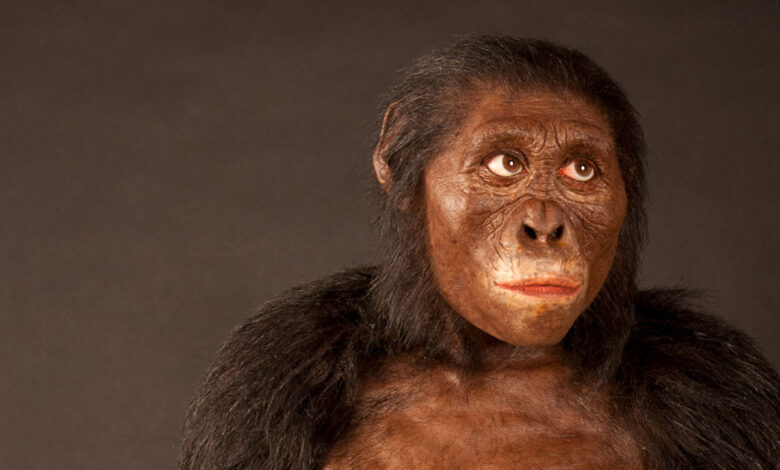
All great apes and monkeys living in Africa and Asia and some South American monkeys have opposable thumbs. The long curved fingers of chimpanzees and the slow and weak thumbs of some apes are responsible for the strong human-like grasping method. For example, glada baboons and chimpanzees use these grasping methods to pluck grass, and macaque monkeys use it to break shellfish and shellfish with stone hammers. Mastery is also essential for many other primate behaviors such as plant food processing and cleaning.
Evidence from other living primates suggests that tool use and mastery were probably not unique to Australopithecus afarensis, but were present in all early humans. In fact, given that all great apes, including chimpanzees, bonobos, gorillas, and orangutans, are skilled tool users, at least in zoos, it is possible that the last common ancestor of all great apes, around 13 million years ago, also mastered the use of tools. The tool is available.
Currently, there are two problems in testing hypotheses and reaching certainty about the timing and type of species as well as dominant evolution. The first obstacle is the lack of fossil records of African great apes; In such a way that we do not know anything about the evolution of their skeletal morphology during millions of years.
Read more:
A second obstacle to testing the hypothesis that the last common ancestor of all great apes was skilled in tool use is the inherent bias in the ancient record. Our evidence of tool behavior in the distant past is limited to rocks, and generally rocks that we recognize as tools. Because early humans may have used unaltered stones.
Given the importance of plant tools in the lives of great apes and human societies, biological tools may also have been necessary for the daily life of anthropoids. However, biological evidence rarely survives in the ancient record.
The reason Lucy had such an impact on our understanding of the evolution of human dexterity was that it was much older than the ancient evidence of tool use. However, his hands showed signs of human-like features and initiated new research on the distinction between humans and other primates.
Lucy inspired scientists to consider the possibility that the ability to master not only the use of stone tools, but also the processing of food or the biological use of tools, or even the result of walking on two legs. Most importantly, along with research related to tool use in apes and great apes, Lucy showed that the use of stone tools is not unique to humans.








